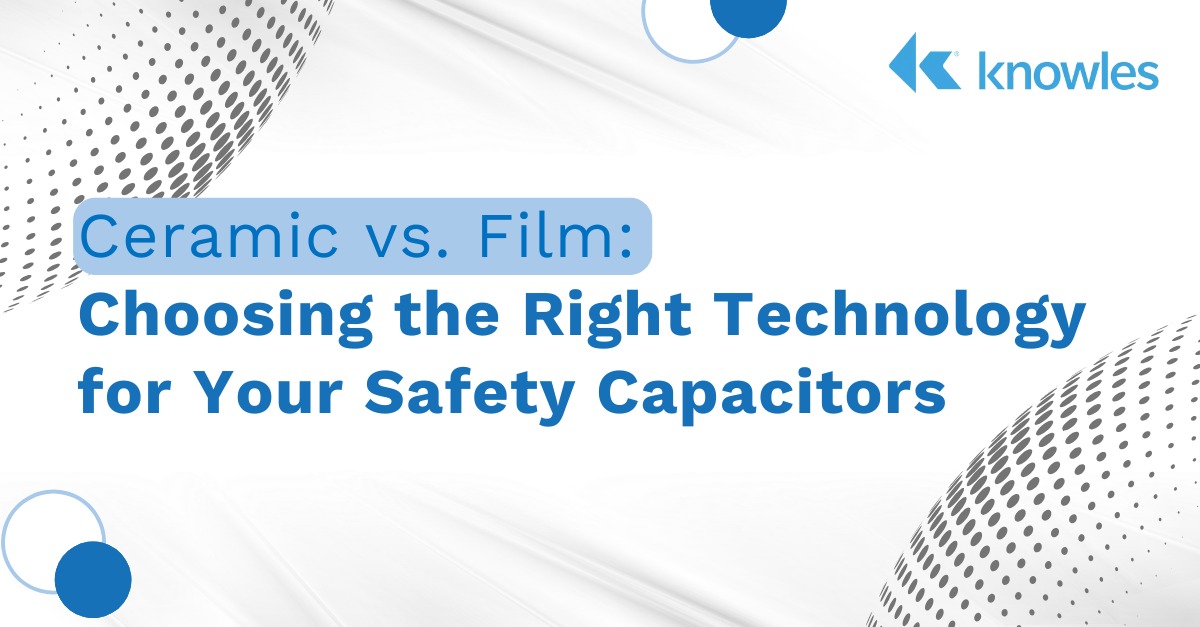Radio frequency (RF) generators produce alternating current (AC) at specific frequencies ranging from kilohertz to gigahertz.
Capacitor Roles in High-Power Class E RF Generators
Topics: Capacitor
The Role of Capacitors in Variable Frequency Drives and Modern Motor Control
Variable Frequency Drives (VFDs) are an essential part of modern motor controller design, enabling precise regulation of AC motor speed and torque. They operate by converting fixed-frequency AC power from the grid into DC, then inverting it back into AC at the desired frequency and voltage.
Topics: Capacitor
FM2 Range of Non-Magnetic X7R Low Loss MLCCs for Superior Performance in Medical Imaging and RF Applications
Engineers designing for medical imaging and high-frequency applications need components that ensure minimal power loss, high signal integrity, and zero magnetic interference.
Knowles’ new FM2 range of Non-Magnetic X7R Low Loss Multilayer Ceramic Capacitors (MLCCs) is engineered to deliver superior RF efficiency and uncompromised reliability. These MLCCs provide lower equivalent series resistance (ESR)/higher Q factor compared to standard X7R capacitors, making them ideal for MRI systems and low-noise amplifier (LNA) applications.
The Role of Capacitors in Cardiac Rhythm Management
More than 3 million people in the United States alone rely on a pacemaker to regulate their heart rhythm. While the battery may be the most recognizable component in the system, capacitors are just as essential to ensure these implantable devices function safely and reliably over time.
Topics: Capacitor
In high-voltage, high-reliability applications, safety is non-negotiable, which is why safety capacitors are essential. These passive components are engineered to mitigate the risks associated with transient voltages and electrical interference, helping protect both users and equipment from hazards, even in the event of component failure.
Topics: Capacitor
The Critical Role of Capacitors in Pulsed Power Design
Powering everything from pulsed lasers to experimental fusion reactors, pulsed power systems demand fast, controlled energy delivery. High-performance capacitors are key to this capability.
Topics: Capacitor
Your Guide to Selecting Safety Capacitors for EMI Filtering in the PFC Stage of an AC/DC Converter
In an AC/DC converter, power factor correction (PFC) circuits are required to ensure the input current is in phase with and proportional to the input voltage, improving power quality and efficiency. But the high-frequency switching that occurs in the PFC circuit can generate significant electromagnetic interference (EMI). To prevent this noise from disrupting nearby electronics or violating regulatory limits, EMI filters are essential. This blog post provides a comprehensive guide for selecting the appropriate safety capacitors to perform EMI filtering in the PFC stage of an AC/DC converter.
Topics: Capacitor
What Are DC-Blocking Capacitors, and Why Are They Important?
Electronic devices power our world and allow us to communicate. In all applications requiring signal integrity and accurate power amplification, blocking capacitors are used to provide clean waveforms and correctly amplified voltages.
Topics: Capacitor
Enhancing Power Systems with Supercapacitor Technology
From EVs and industrial automation to renewable energy and smart logistics, power systems are becoming increasingly complex. As a result, they’re increasingly dependent on reliable, high-speed energy storage too. Enter supercapacitors, a critical technology bridging the gap between traditional batteries and real-time power demands.
Topics: Capacitor
Ceramic vs. Film: Choosing the Right Technology for Your Safety Capacitors
As discussed in the first post in our safety capacitor series, safety capacitors are designed to help safeguard users and equipment from electrical hazards, even in the event of failure. When selecting a safety capacitor for your application, you typically have two choices in dielectric material – ceramic and film. To select the right technology for your application, it is important to both understand your requirements and the differences between what each material has to offer.
Topics: Capacitor

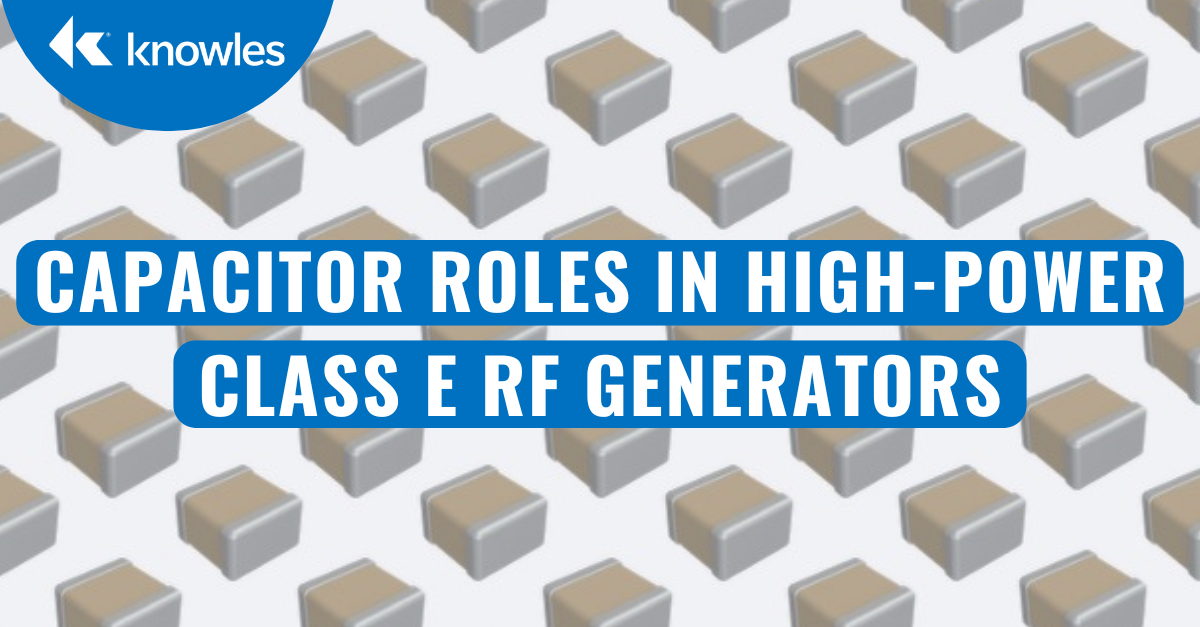
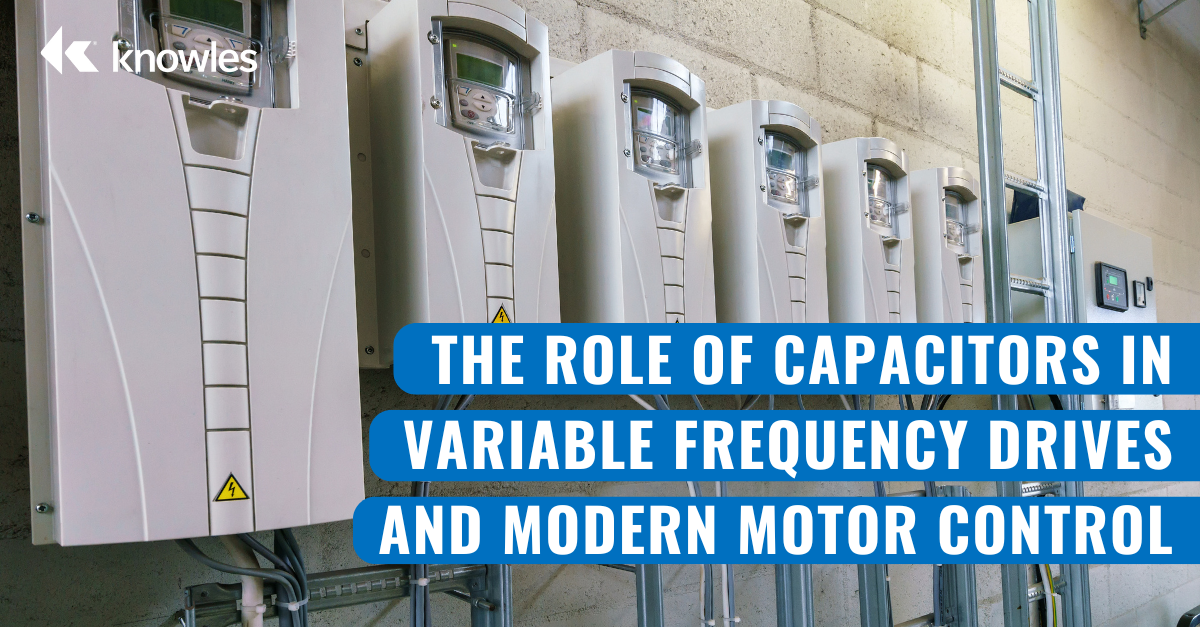
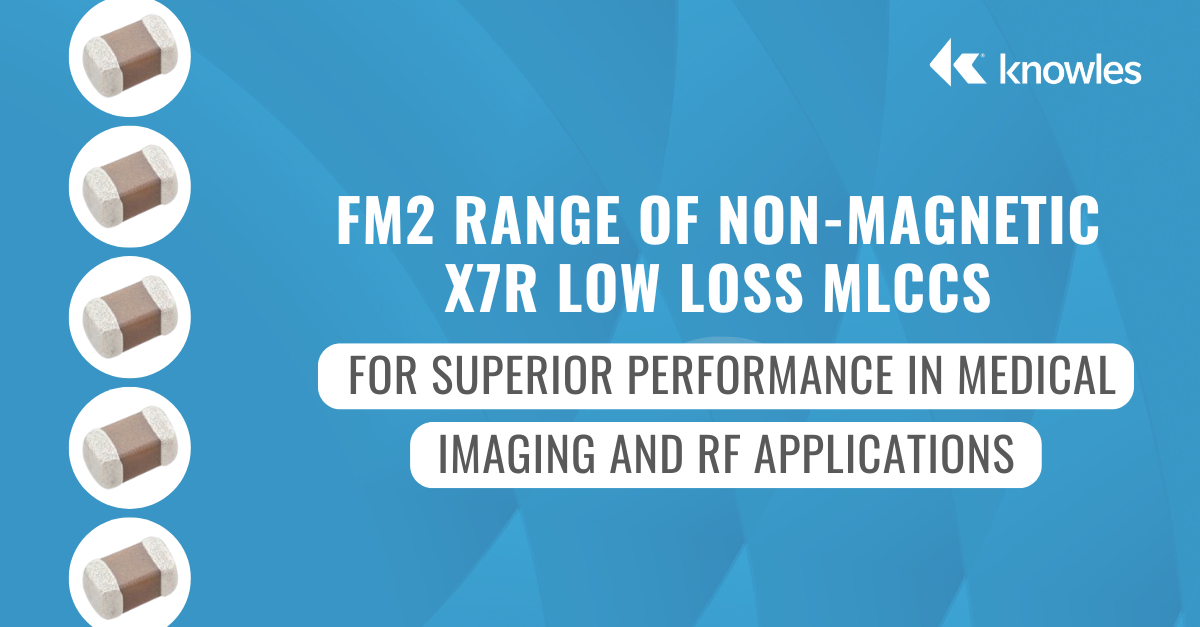
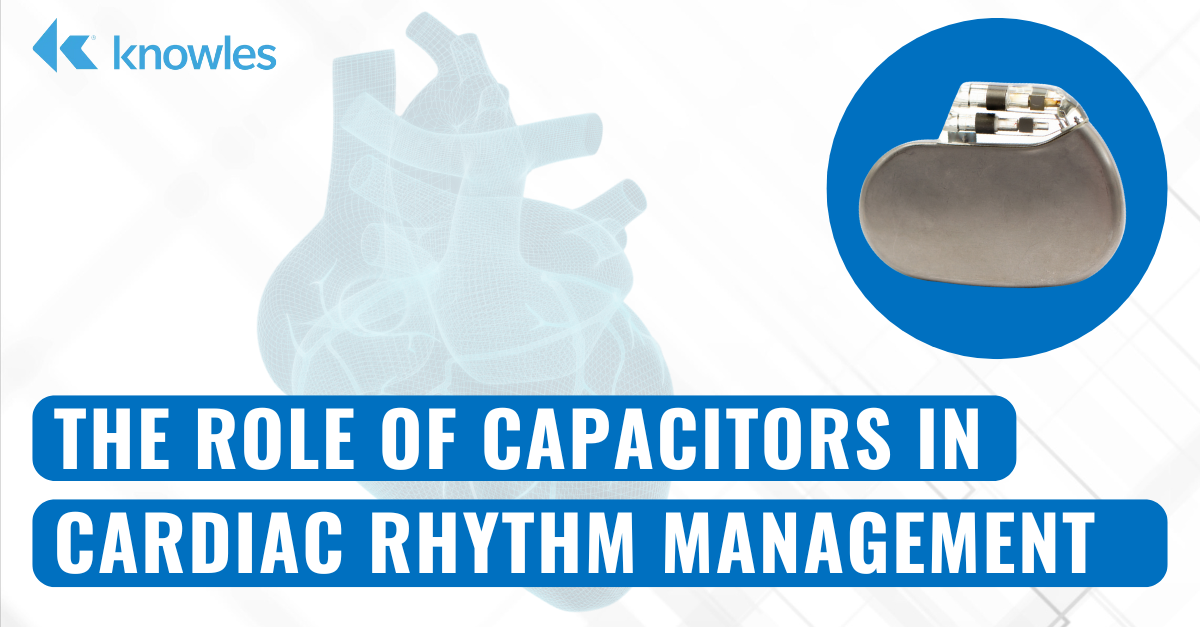

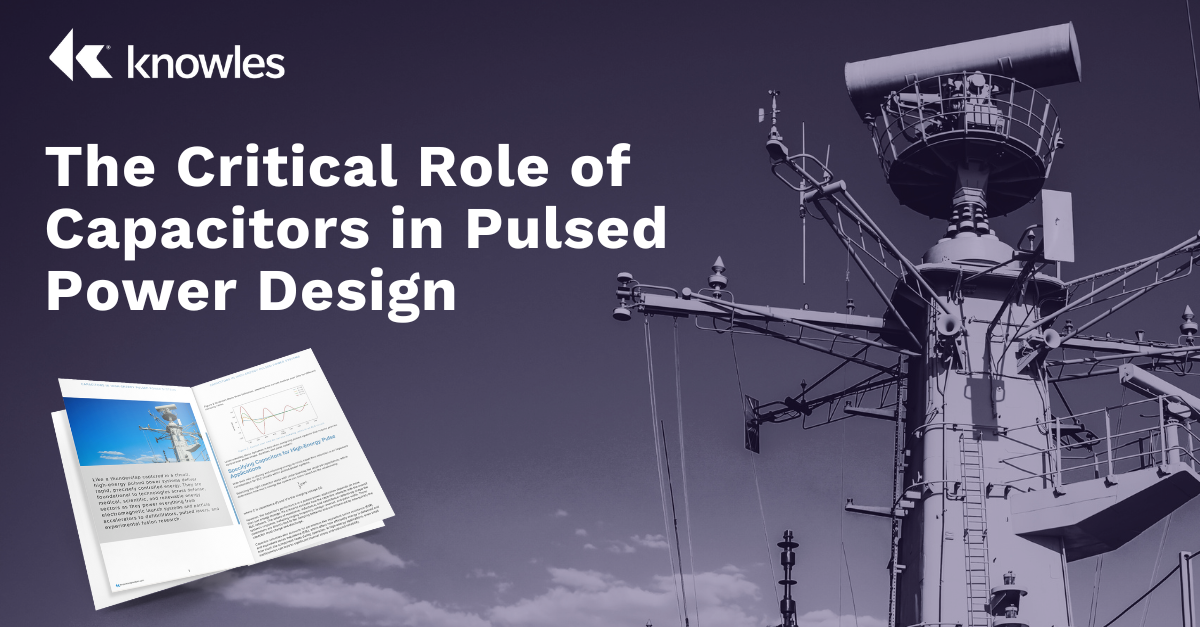
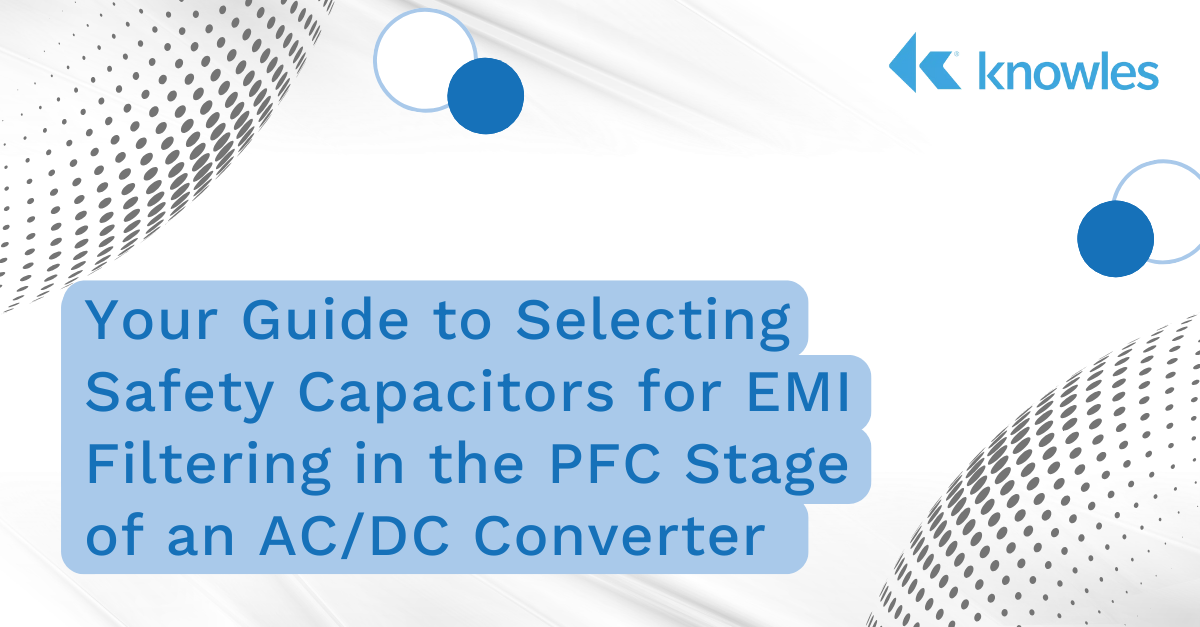
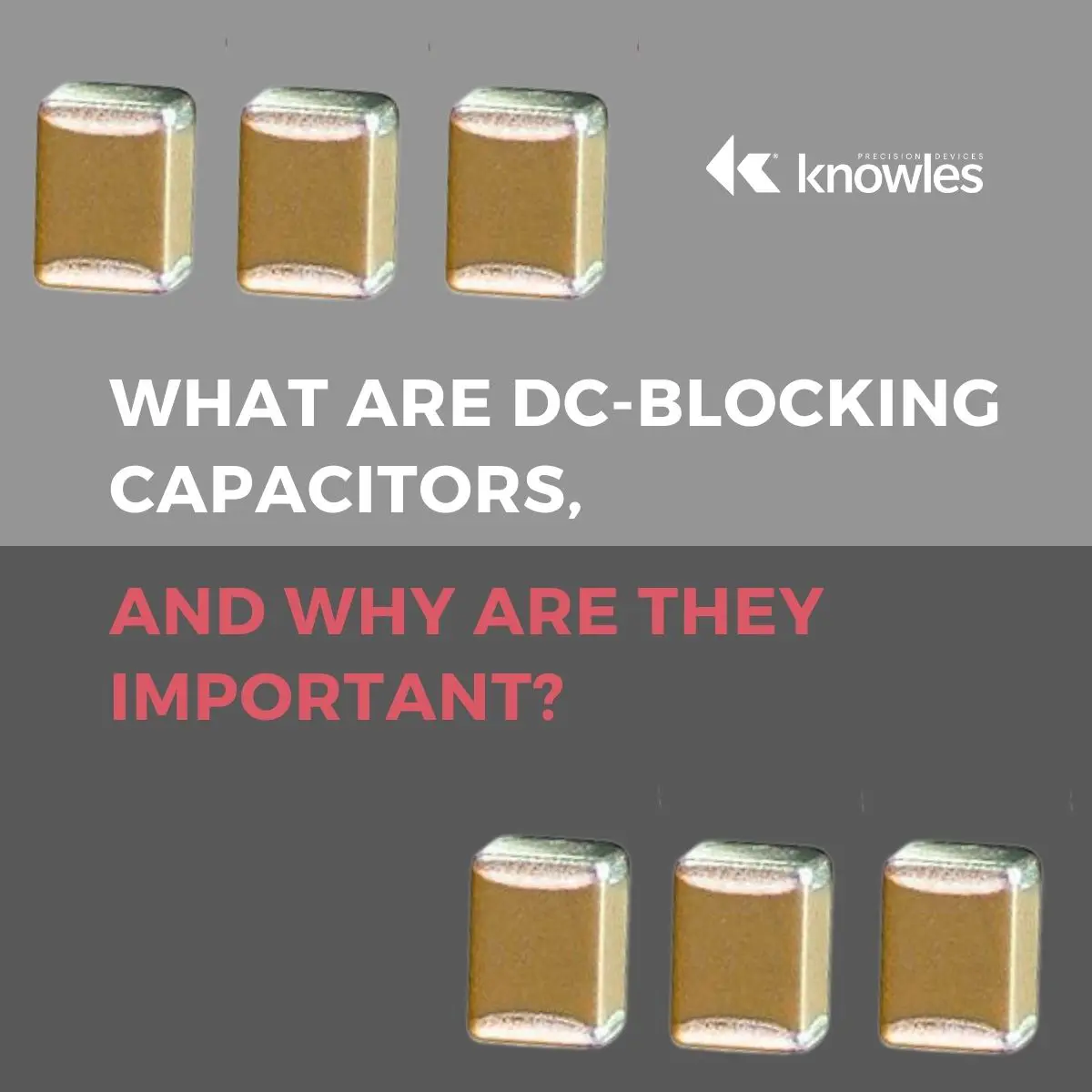
%20(1).png)
